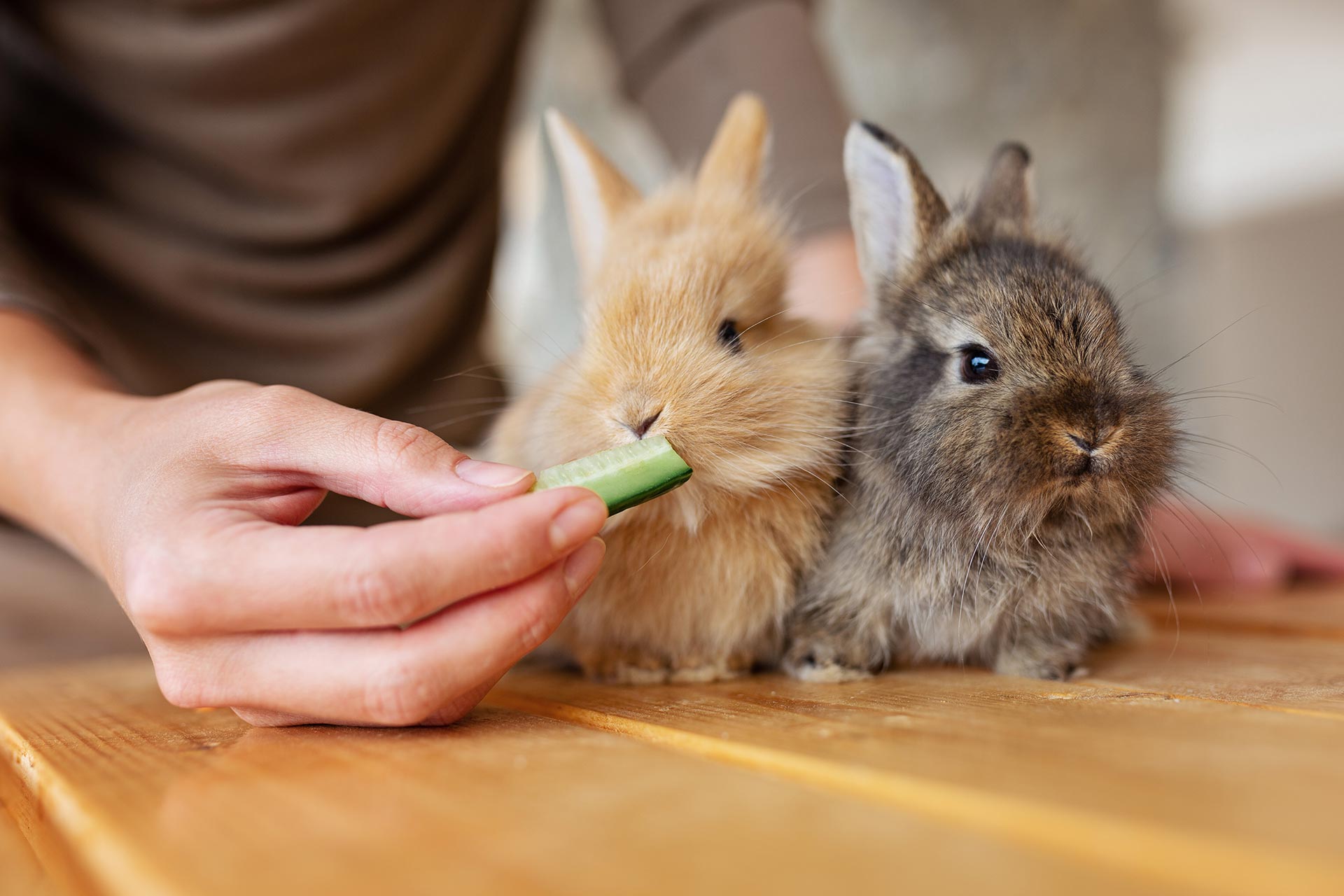We are living in very unusual times. Social distancing and staying at home due to COVID-19 restrictions is having an impact on everyone. It is inevitable as we change our routines that the animals who live with us are affected too. Changes in routine, reduced opportunities to go outside and more noise and activity in the home can all have an impact on the way our pets feel and behave. In some cases, increased stress can lead to changes in behavior that are problematic or difficult to live with. Your veterinary practice is the first point of contact if you start to see changes in your pet’s behavior. Below are some tips on what to look out for and what you can do to help your pet cope.

What changes might affect my pet?
All animals are individuals, and they will respond to changes in different ways. COVID-19 associated changes that might affect your pet include:
•Everyone in the family being at home all the time
•Lots of noise and activity at times when its normally quiet (e.g. with children being at home during the day)
•Family members being ill, worried or stressed by the current situation
•Changes in routines, and things not happening when pets expect them to
•Family members spending more time with pets, and interacting with them in different ways (such as children wanting lots of cuddles)
•For dogs: reduced exercise, ability to run freely off the lead or play with other dogs
What should I do if I’m worried about changes in my pet’s behavior?
The first place to seek advice is your veterinary practice. Contact them by telephone. Please do not go to the practice premises without speaking to the practice first,as they will be following government guidance on social distancing. It is important to speak to your vet first because changes in behaviour can often be a sign of an underlying health problem. Your vet may give you advice directly on the phone, ask to see your pet remotely or arrange to see your pet at the veterinary practice if they consider it necessary and urgent within the current guidelines. They may refer you to another vet specializing in behavioral medicine or to a suitably qualified behaviorist if they are not able to provide the necessary specific advice within the practice.

What behaviors should I look out for?
Different pets will respond in different ways to stress. It is a good idea to speak to your vet if your pet’s behavior has changed from normal, and particularly if you notice any of the following signs:
•Growling, snarling, hissing, spitting, scratching, biting or other signs of confrontation towards family members or other animals.
•Trying to stop family members from leaving the house or room, for example by standing in front of the door, miaowing or barking.
•Dogs starting to lunge and bark at other dogs or people when out for a walk since being exercised on the lead more than usual
•Avoiding contact with family members of other pets. This might include hiding or running away, or just not wanting to play or interact as usual. Turning away or backing off when you approach is another sign to watch out for.
•Being particularly ‘needy’, such as following you everywhere around the house or always trying to get into your personal space, dogs jumping up or pawing at you or licking you, barking when you’re busy doing something else,
•Being less active or playful than usual, such as not wanting to take part in games, or becoming reluctant to spend time with family members or being reluctant to get up when lying down.You may also notice increased staring at people or other animals, standing still for long periods (apparently listening or watching nothing) or sniffing of the environment
•Unusual and/or repetitive behaviors that do not seem to make any sense. For example, spinning in a circle, chasing lights or shadows or chasing tails.
•Changes in appetite (either very hungry or not wanting to eat) or starting to eat unusual things, such as fabric or plastic.
•Not sleeping at night or being sleepy in the daytime. This might include waking up during the night and pacing or making noises (such as barking, whining or miaowing)
•Changes in toileting habits (e.g. wanting to go outside more to wee, or soiling in the house)
As well as changes in specific behavior patterns it is also useful to look out for other subtle changes in your pet’s body language and behavior including:
•Changes in behavior when interacting with family members, such as licking lips, yawning more than usual, drooling, lifting a paw, crouching or cringing, or becoming tense and stiff. •Increases in behaviors such as stretching, scratching or licking/chewing themselves excessively.
•Dogs ‘shaking off’ as if they were wet

No responses yet